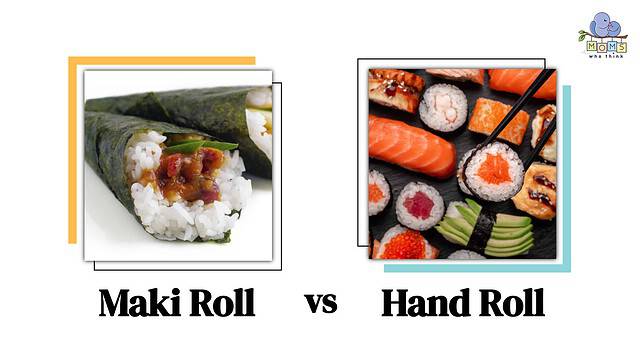Maki vs Hand Roll: Unraveling the Sushi Differences
– The article discusses the difference between maki rolls and hand rolls in sushi.
– Sushi originated from ancient China and spread to Japan in the 9th century.
– Maki rolls are rolls that are cut into bite-size pieces and made by layering nori, sushi rice, and fresh fish/vegetables, rolling them into a log, and cutting into pieces.
– There are two types of maki rolls: hosomaki with one ingredient and futomaki with two or more ingredients.
– Hand rolls, or temaki, are kept in a cone or log shape and meant to be bitten into.
– Some sushi restaurants offer both traditional maki rolls and specialty rolls with various toppings and sauces, while others focus on a more traditional sushi experience with simple rolls like spicy tuna or cucumber.
– Maki rolls are typically not filled with tempura or specialty fillings like dynamite and eel sauce.
– Examples of classic maki rolls include spicy tuna roll, California roll, cucumber roll, salmon and avocado roll, and rainbow roll.
– Hand rolls, also known as temaki, are difficult to eat with chopsticks and are meant to be eaten with hands.
– Popular fillings for hand rolls include baked salmon skin with radish sprouts and cucumber slices, spicy tuna with radish sprouts, salmon avocado with sesame seeds and scallion strips, and blue crab mixed with Kewpie Japanese mayonnaise.
